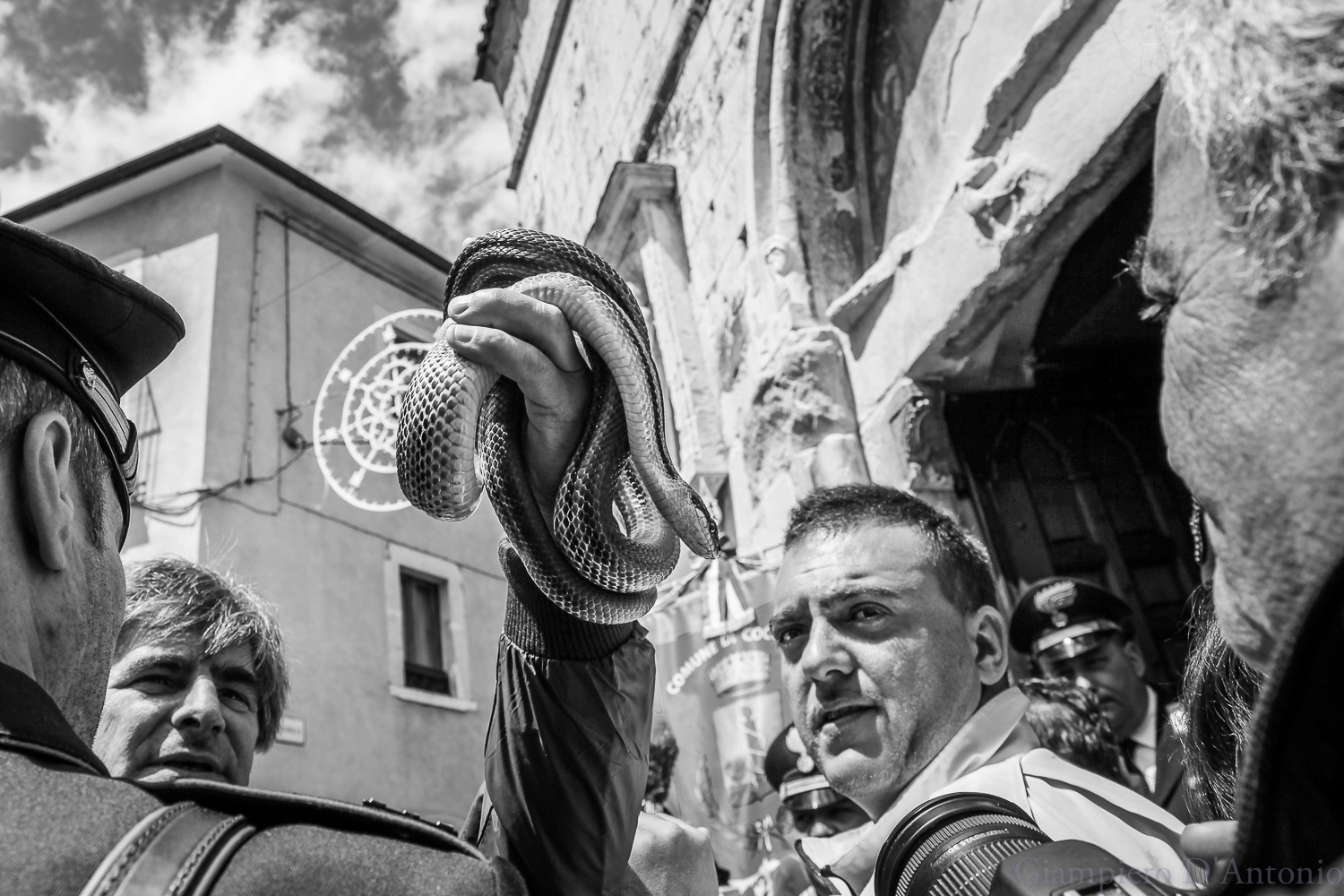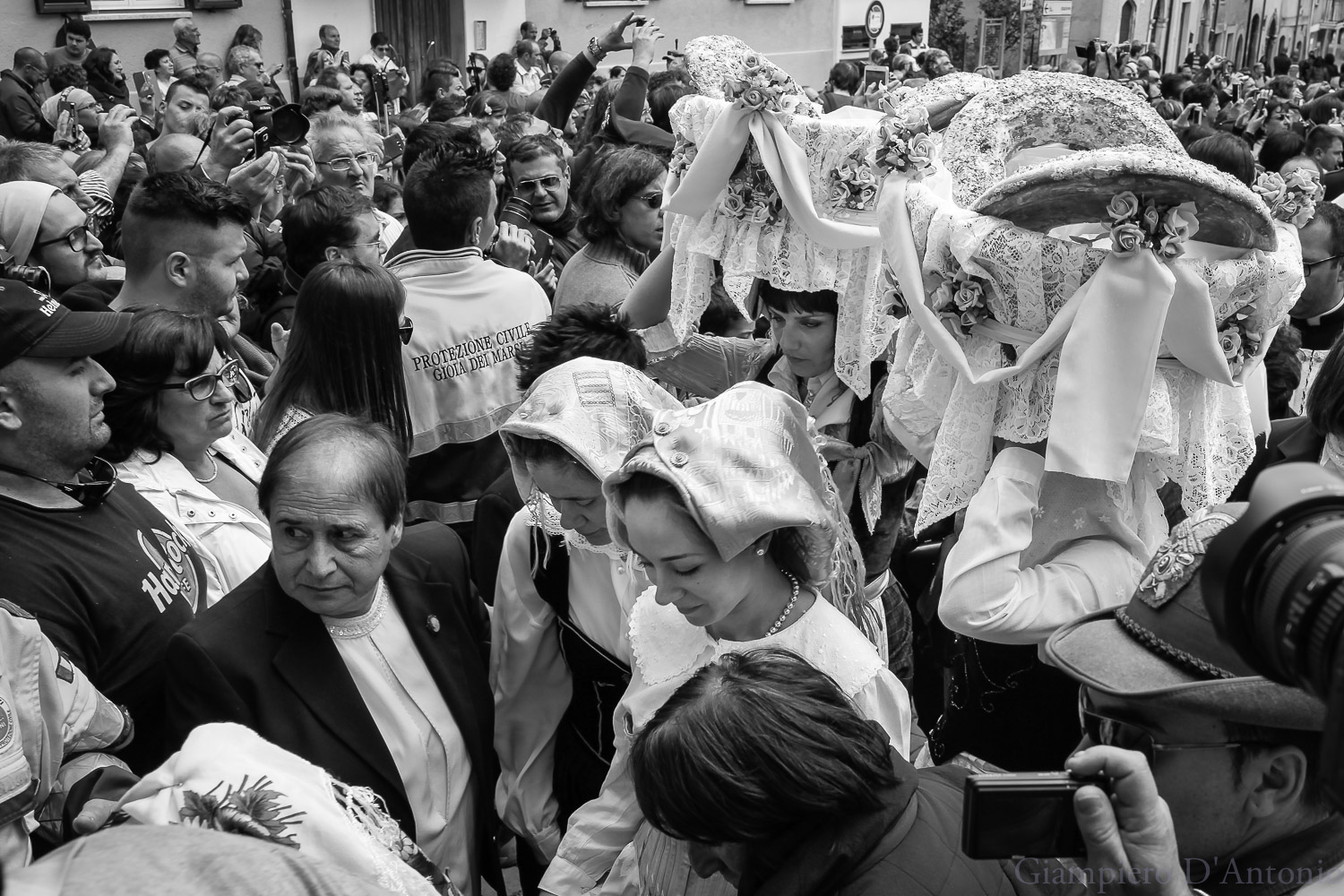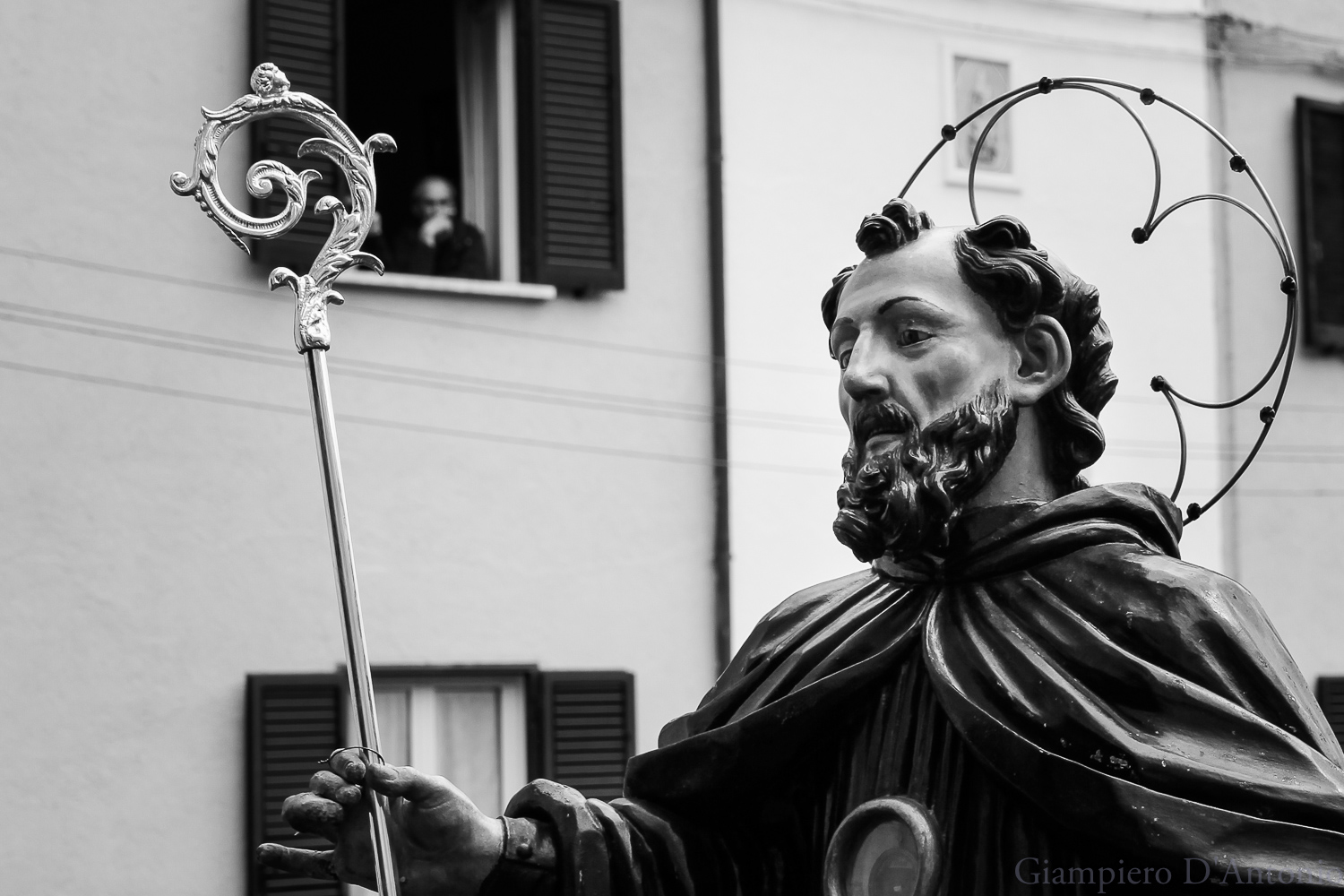We arrived in Veli in Fort Kochi, riding a beautiful Royal Enfield, a motorcycle with vintage charm, after a deep visit of Mattancherry. The first sight that greets Us inside the gate market Dhobi Khana is an array of men and women ironing clothes, some still use the traditional charcoal iron, some of these irons were bought decades ago in Sri Lanka.
The environment is pervaded by music and animated by slow and gentle gestures, which give life to this space.
Pass through into the next portion of the three-acre compound of the Khana, and you see, approximately, 40 wash pens lined up in a row dedicated to the washing of garments, acquiring life from the silent and laborious presence of these proud and kind dhobis.
The dhobis belong to the Vannar community of Tamil Nadu. Though there are different accounts about their settlement in Fort Kochi, it is widely believed that the settlement is more than three-centuries-old.
They use the traditional method of soaking the clothes in bleach and detergent water. Soaked clothes are washed by beating on a laundry stone. Starching the clothes is also done by dipping the clothes in starch obtained from boiled rice.
Next to the shed is a drying yard with cross poles and ropes. The washed clothes are left out to dry in the sun for almost five hours. The clothes are tucked in between ropes to secure them, thus avoiding the use of clips.
This is, probably, the only Dhobi Khana (community laundry space) in Kerala, existing in the city successfully for many decades, thanks to a fair number of Kochi citizens who prefer their clothes washed by hand.
They say that the process has remained unchanged for at least the last 40 years, but as with many older ways, most of the people at the dhobi khana say that theirs is a dying profession. Younger generations doesn’t like to pick up this job, They study and aim to have a different and more lucrative job.
Moreover the increasing expand of modern laundry , put the survival of this dhobi khana at risk in in the near future.
































